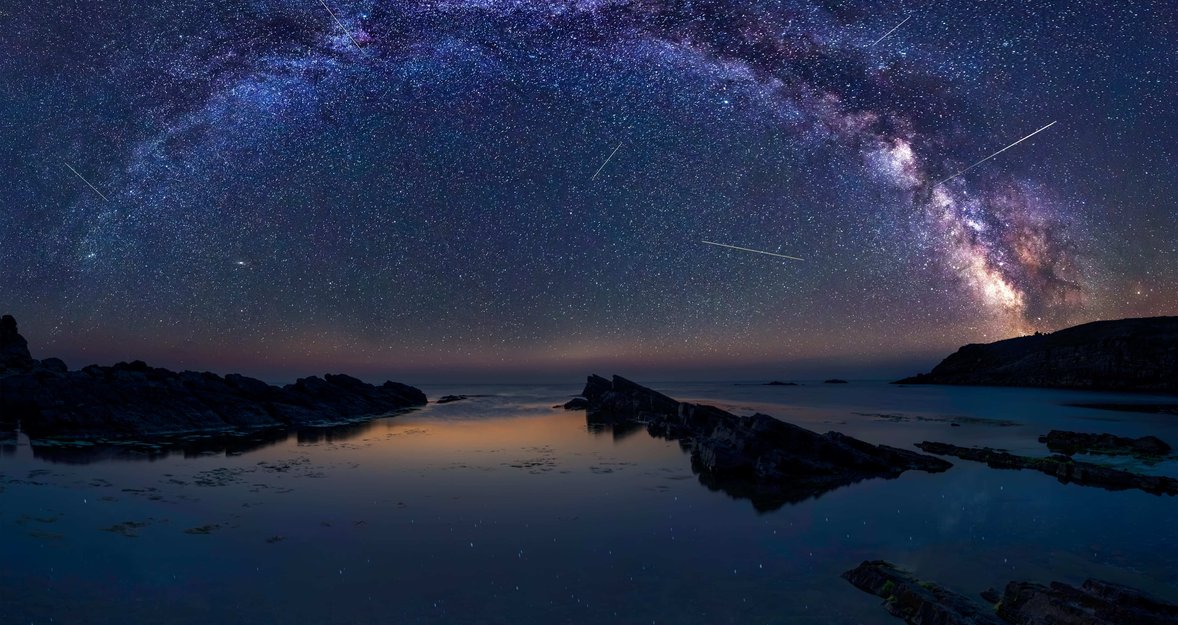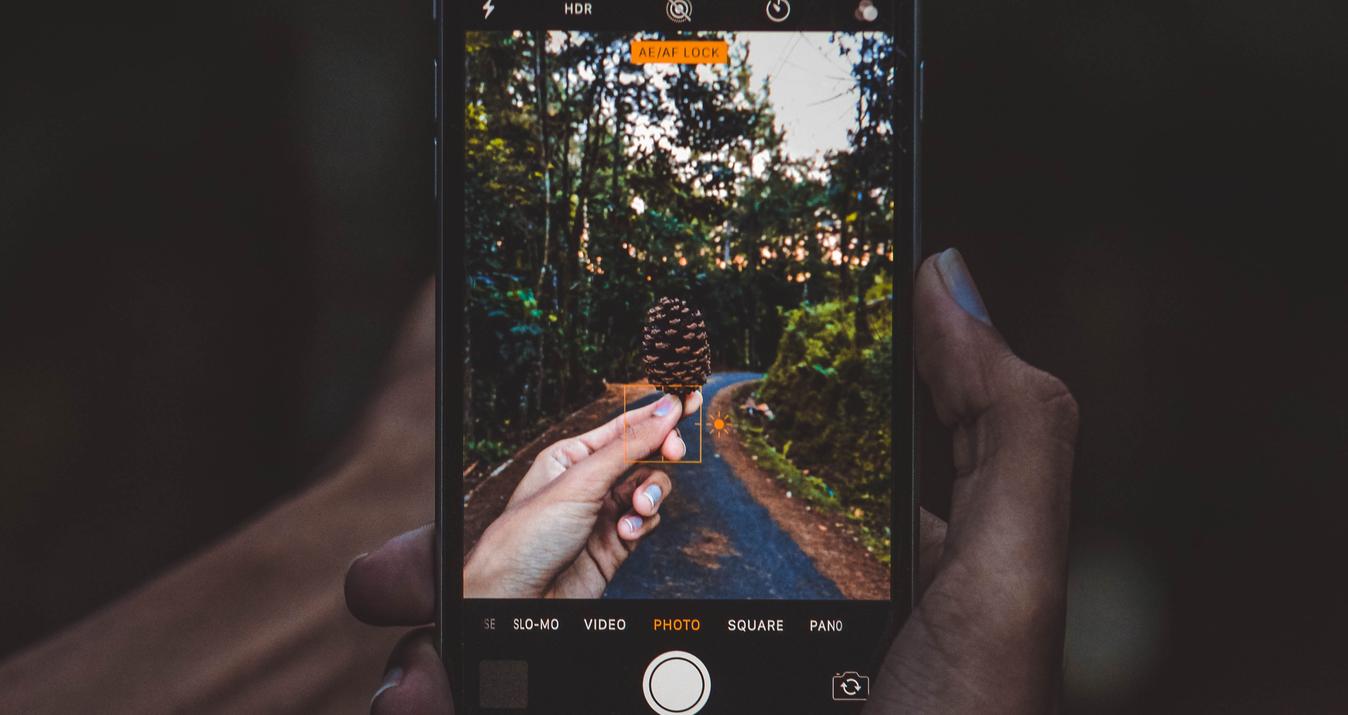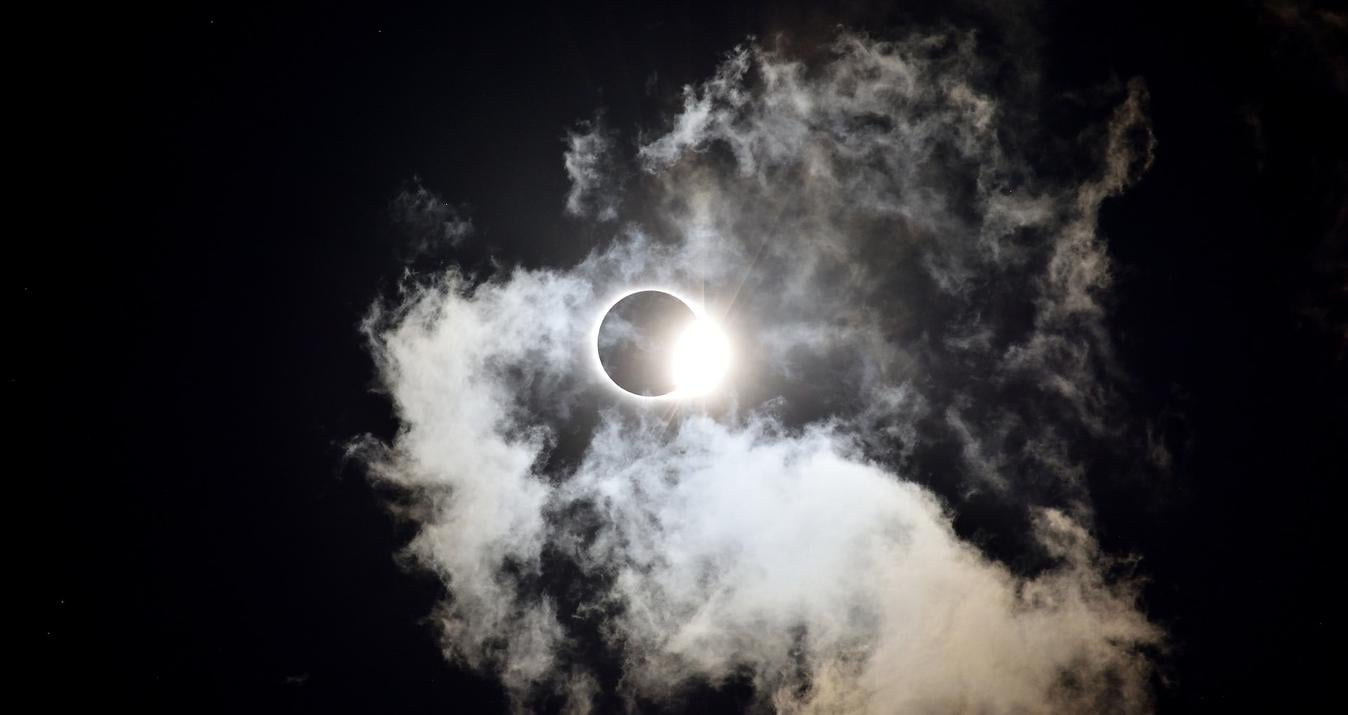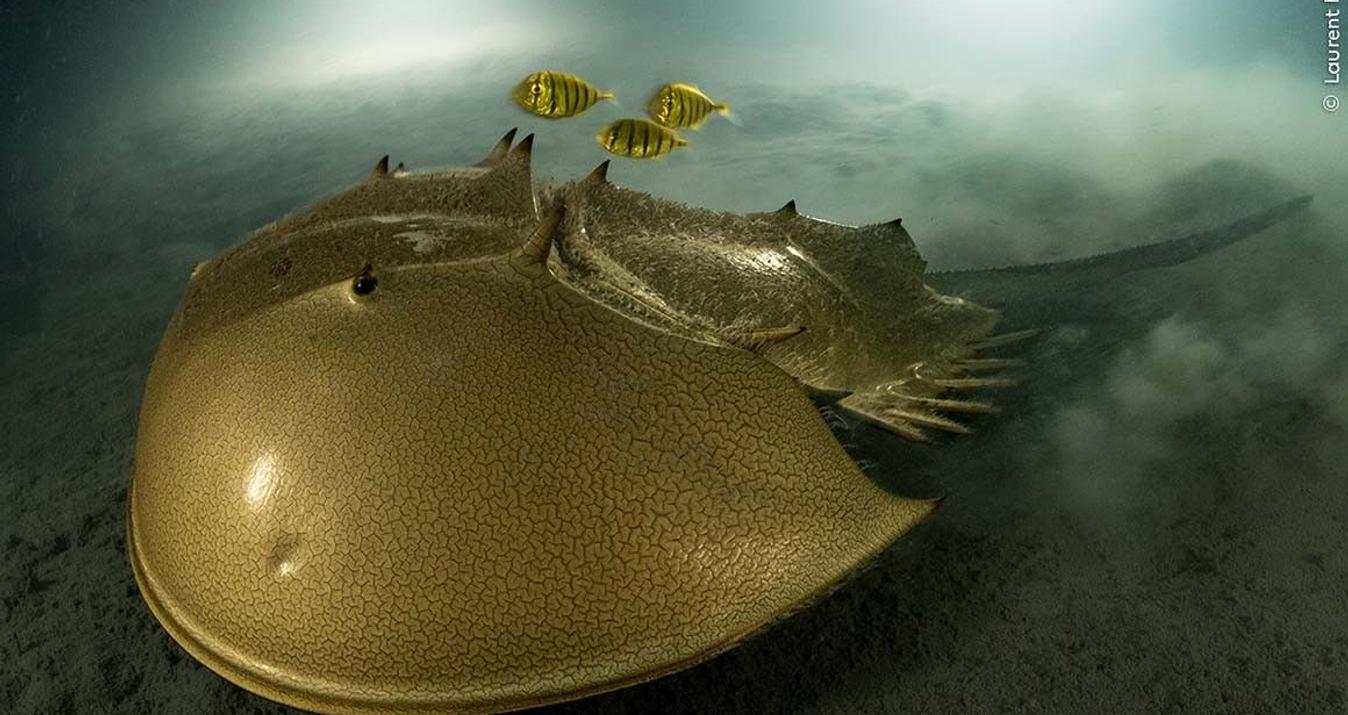Guide To Mastering Astrophotography Techniques. Dive Into Best Practices And Proven Methods Of Composition, Timing, And Post-processing Magic.
Watching a meteor shower light up the night sky is a truly magical experience. These fleeting flashes of light are like a celestial fireworks show, and the beauty of photography is that it lets you capture this magic.
In this blog post, we're going to delve into the art of how to photograph meteors. From choosing the right equipment to understanding camera settings and even the steps for editing your photos afterward, we've got it all covered. Whether you're a beginner discovering the world of photography or a seasoned pro looking to add it to your skill set, this guide is for you.
Are you ready to immortalize some celestial magic? Let's dive into the fascinating world of meteor shower photography!
What Are Meteor Showers
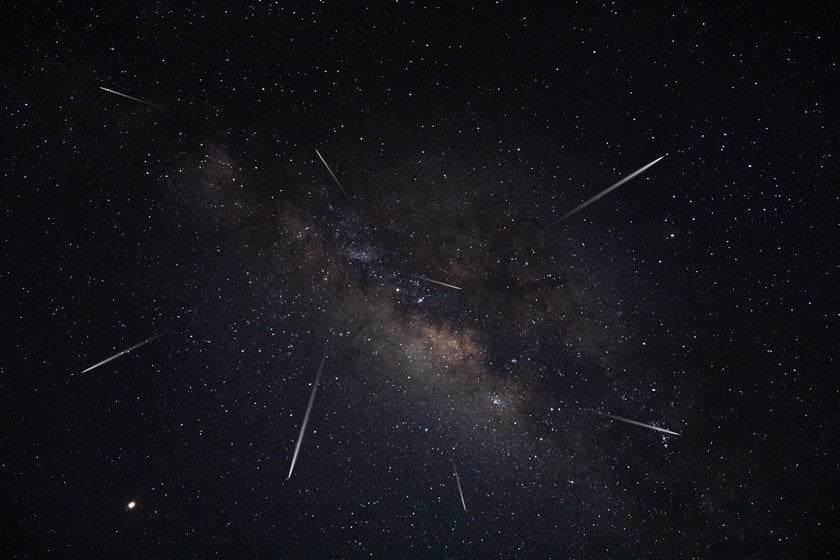
Meteor showers are stunning celestial events in which numerous meteors, or 'shooting stars', appear to radiate from a single point in the sky. These captivating spectacles occur when the Earth journeys through the debris trail left behind by a comet or asteroid. This celestial debris, upon coming into contact with Earth's atmosphere, burns up and creates vibrant streaks of light that we observe as meteors.
The art of capturing these fleeting astronomical events is a subset of a larger discipline known as astrophotography. This field, at the crossroads of science and art, allows us to encapsulate celestial objects and phenomena like meteor showers in visually stunning images. These awe-inspiring captures serve as tangible reminders of the immense, captivating beauty of the universe that exists beyond the boundaries of our own planet.
Astrophotography, however, requires not only a thorough scientific understanding of the celestial bodies and events one seeks to capture but also a good deal of patience and artistic creativity. With these qualities in hand, the astrophotographer can successfully immortalize breathtaking moments like meteor showers.
Now, let's continue our journey into the realm of astrophotography, delving into the secrets of capturing these celestial spectacles.
Equipment You’ll Need
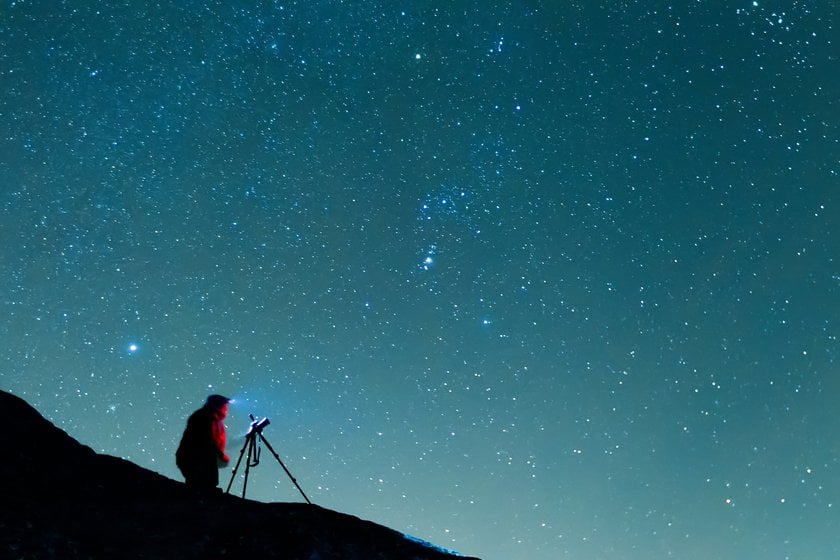
Astrophotography requires some specific equipment to ensure the best results. Here's a rundown of what you'll need:
- Camera: A DSLR or mirrorless camera with manual mode is essential. This feature allows you to control the shutter speed, aperture, and ISO, all of which are crucial for capturing clear and detailed pictures of meteorites in the sky.
- Wide-Angle Lens: A wide-angle lens is recommended. It provides a broader field of view, enabling you to capture more of the sky and the landscape below.
- Tripod: A sturdy tripod is a must. Since astrophotography involves long exposure times to capture enough light, a tripod is needed to keep the camera steady and avoid blurry images.
- Remote Shutter Release: It allows you to capture pictures without touching the camera, preventing any potential camera shake during long exposures.
- Extra Batteries and Memory Cards: Astrophotography can be a waiting game, and you don't want to run out of power or storage space in the middle of a meteor shower.
- Star Map or App: These tools can help you plan your shoot by showing you the paths of the meteor showers and where and when they will appear in the sky.
- Flashlight: A red-light flashlight is handy for adjusting your equipment in the dark without ruining your night vision.
Remember, while having high-quality equipment can help improve your photos, the most important thing in astrophotography is understanding how to use your gear effectively. The following sections will discuss the technical aspects of how to photograph meteors and utilize this equipment to its fullest potential!
How to Prepare For The Meteor Shower

Astrophotography is an art that requires careful planning, especially when aiming to capture something as spectacular as a meteor shower. When it comes to Perseid meteor shower photography, understanding your location, the impact of light pollution and the importance of timing is crucial.
- Perseid Meteor Shower Photography: It is one of the most stunning meteor showers visible from Earth, peaking in mid-August each year. It's known for its brightness and speed and is a favorite among astrophotographers and stargazers alike. Photographing the Perseids involves capturing these fast-moving meteors as they streak across the night sky, which can be a thrilling but challenging task.
- Location: Choosing the right location is a significant first step. For the best shots, you need a place far from city lights with a broad, unobstructed view of the sky. Ideal locations can include open fields, hilltops, or beaches. National parks often make excellent sites due to their darker skies.
- Understanding Light Pollution: Light pollution, caused by artificial lights, can hinder your ability to photograph meteor showers by drowning out fainter stars and meteors. Use apps or websites like "Dark Site Finder" to locate areas with low light pollution. Be sure to switch off nearby lights and let your eyes adjust to the dark for about 20 minutes before you start photographing.
- Timing: Meteor showers occur at particular times of the year and have peak viewing hours. For instance, the Perseid meteor shower typically peaks around mid-August and is best viewed in the pre-dawn hours. Be sure to check astronomical calendars for the precise dates and times.
Patience is key in this type of photography. There might be nights when you come back with no significant captures, but with persistence, you'll get the chance to freeze the mesmerizing beauty of a meteor shower into an unforgettable image.
Key Principles of Composition
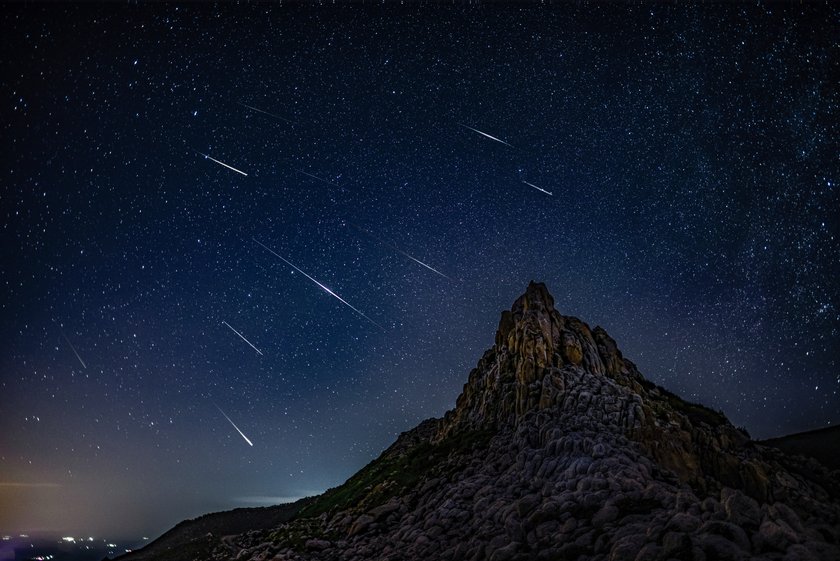
Effective composition can turn a simple shot of a meteor shower into a stunning work of art. Here's a condensed guide to help you frame your celestial subjects:
- Point of Interest: Include terrestrial objects like trees or mountains to add depth and context to your celestial image.
- Rule of Thirds: Visualize your frame divided into nine equal parts and place your points of interest along these lines or at their intersections to create a balanced image.
- Wide Field of View: A wider view captures more of the sky, increasing your chances of capturing falling meteors.
- Perspective: A low-angle shot can make the sky appear more expansive, adding to the drama of the meteor shower.
- Foreground Lighting: Subtle illumination of your foreground can add depth to your image. Just remember to keep it low to preserve the visibility of the stars.
Remember, rules are made to be broken. Feel free to experiment to create an image that resonates with your unique vision!
Camera Settings And Techniques
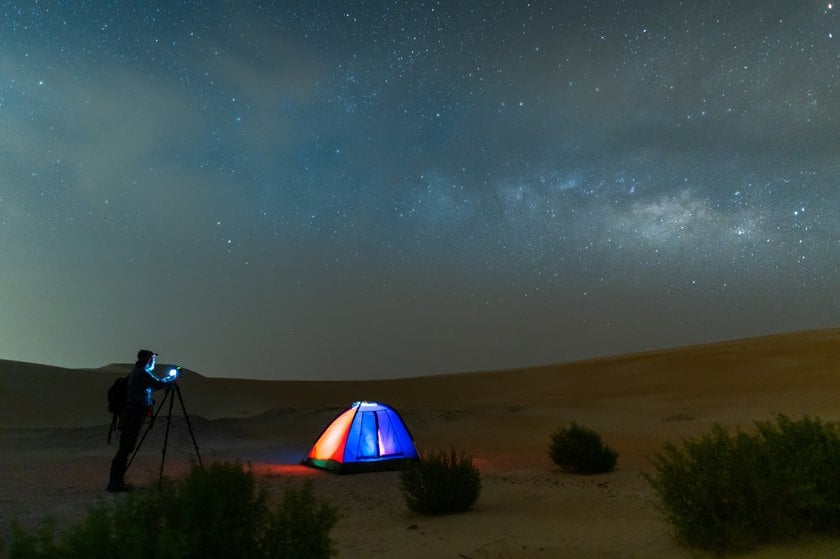
Mastering the art of capturing the night sky during a meteor shower involves understanding the ideal camera settings. The correct ISO, aperture, and shutter speed can significantly improve your photos, making them sharper and more detailed. Here's how to dial in the perfect camera settings for meteor showers:
- ISO: Higher ISO values, such as 1600 or 3200, will make your camera more sensitive to light. This is essential for capturing faint meteors, but be cautious not to overdo it as it can introduce noise.
- Aperture: Opt for a wide aperture (like f/2.8 or f/4.0) to allow more light into your camera. This helps in capturing the quick and faint streaks of meteors.
- Shutter Speed: To achieve long exposure meteor shower photos, you need to set a longer shutter speed—15 to 30 seconds is a good starting point. This will produce striking images with bright meteors streaking across a star-filled sky.
- Focus: Set your lens to manual focus and adjust it to infinity. You might need to fine-tune the focus depending on your lens to get sharp images.
- Image Format: If possible, shoot in RAW format. This allows you more flexibility in post-processing to bring out the details of the meteors and the night sky.
So, these are general guidelines. You might need to adjust them based on your specific circumstances and the desired effects.
It's all about experimenting and learning from each shot!
Post-processing Techniques
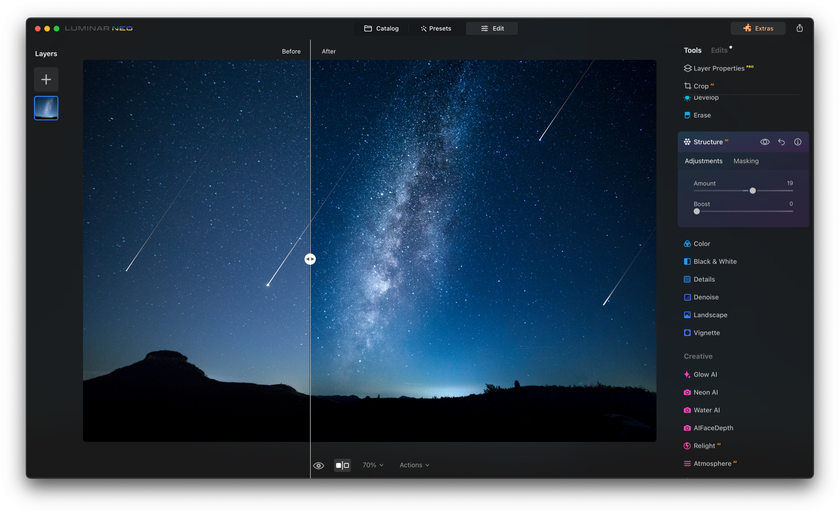
Post-processing is a crucial step in meteor shower photography. It allows you to enhance the captured details and bring out the true beauty of the night sky.
Advanced yet easy-to-use photo editor
Get Luminar Neo NowSoftware like Luminar Neo, designed by Skylum, is a powerful post-processing software tailored for advanced editing needs, including astrophotography. Its AI-powered technology simplifies complex tasks, providing precise adjustments while preserving the image's natural appeal.
With noise reduction capabilities and a comprehensive set of tools for exposure, color balance, and sharpness adjustments, Luminar Neo is a valuable asset for capturing and refining stunning meteor shower images!
Wrapping Up
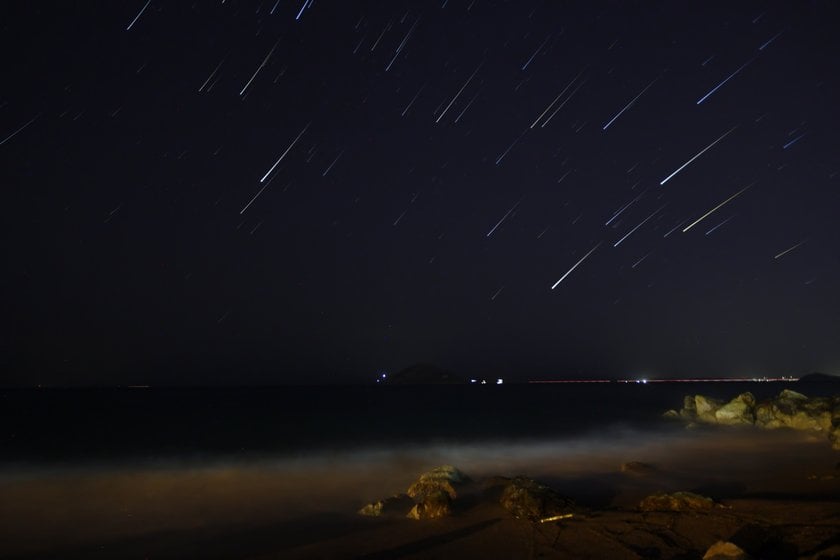
There's something undeniably magical about watching a meteor shower illuminate the night sky. And with meteor shower photography, you can preserve this mesmerizing magic forever!
Maintain the authenticity of the scene, keeping the magic alive in your final masterpiece. Enjoy the creative process, and let your photos shine like stars in the night sky!




